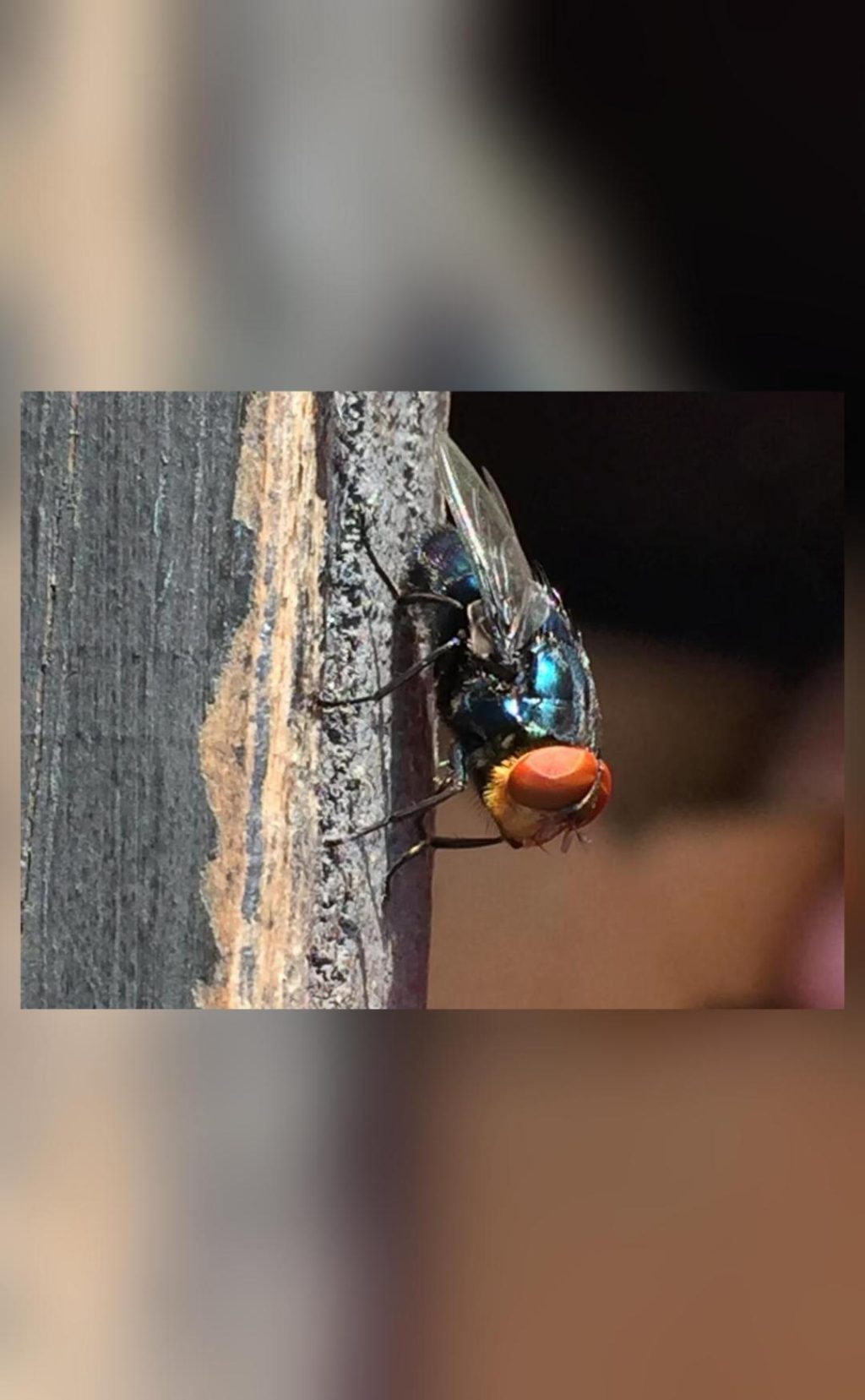
Why is US planning to breed screwworm flies & dump them from planes over Mexico?
In an unconventional move to protect its beef industry, the United States government is preparing to breed billions of male flies and release them from planes over Mexico and southern Texas. The goal of this unusual endeavor is to combat the flesh-eating larvae of the New World screwworm fly, a pest that threatens the livelihoods of cattle ranchers and farmers in the region. But how does this plan work, and what are the implications of releasing millions of flies into the air?
The New World screwworm fly (Chrysops nigrapes) is a parasitic insect that lays its eggs in the wounds of warm-blooded animals, including cattle, horses, and even humans. The larvae that hatch from these eggs feed on the animal’s flesh, causing significant damage and even death in some cases. The screwworm fly is native to the Americas and has been a significant problem for the cattle industry in the United States, Mexico, and Central America.
To combat this pest, the US government has turned to a novel approach: mass-produced, radiation-sterilized male flies. The plan is to breed billions of male screwworm flies in specialized facilities, sterilize them using radiation, and then release them into the air over Mexico and southern Texas. The male flies, unable to reproduce with female flies, will mate with females in the wild, reducing the population over time.
The fly-breeding program, known as the Sterile Insect Technique (SIT), has been used successfully to control other pest populations around the world. In this case, the US Department of Agriculture’s Animal and Plant Health Inspection Service (APHIS) will work with researchers from the University of California, Davis, to breed and sterilize the flies.
According to APHIS officials, the plan is to release up to 1.5 billion male screwworm flies per year over a period of several years. The flies will be released from planes flying at an altitude of around 1,000 feet, with the goal of distributing them evenly across the target area.
But why is the US government choosing to release flies instead of developing more conventional methods to control the screwworm population? The answer lies in the unique biology of the screwworm fly. Unlike other pests, screwworm flies are highly susceptible to radiation sterilization, making it an effective and targeted approach.
Additionally, the SIT method has been shown to be environmentally friendly and does not harm other insects or animals. “The SIT method is a biological control method that does not use chemicals or pesticides, which can have negative impacts on the environment and human health,” said Dr. Hugh M. Son, a professor of entomology at the University of California, Davis, and a leading expert on the screwworm fly.
While the plan has been met with some skepticism and raised eyebrows, officials from the US government and the University of California, Davis, are confident in the effectiveness of the SIT method. “We’re confident that this approach will help reduce the screwworm population and protect the cattle industry in the region,” said Dr. Son.
The screwworm fly is a significant problem for cattle ranchers and farmers in the region, causing significant economic losses and affecting the livelihoods of many people. In the United States alone, the screwworm fly has been estimated to cause annual losses of around $100 million.
The US government’s plan to breed and release radiation-sterilized male screwworm flies is an innovative and potentially game-changing approach to controlling this pest. While it may seem unconventional, the SIT method has been shown to be effective in reducing pest populations around the world, and it offers a targeted and environmentally friendly solution to this significant problem.



